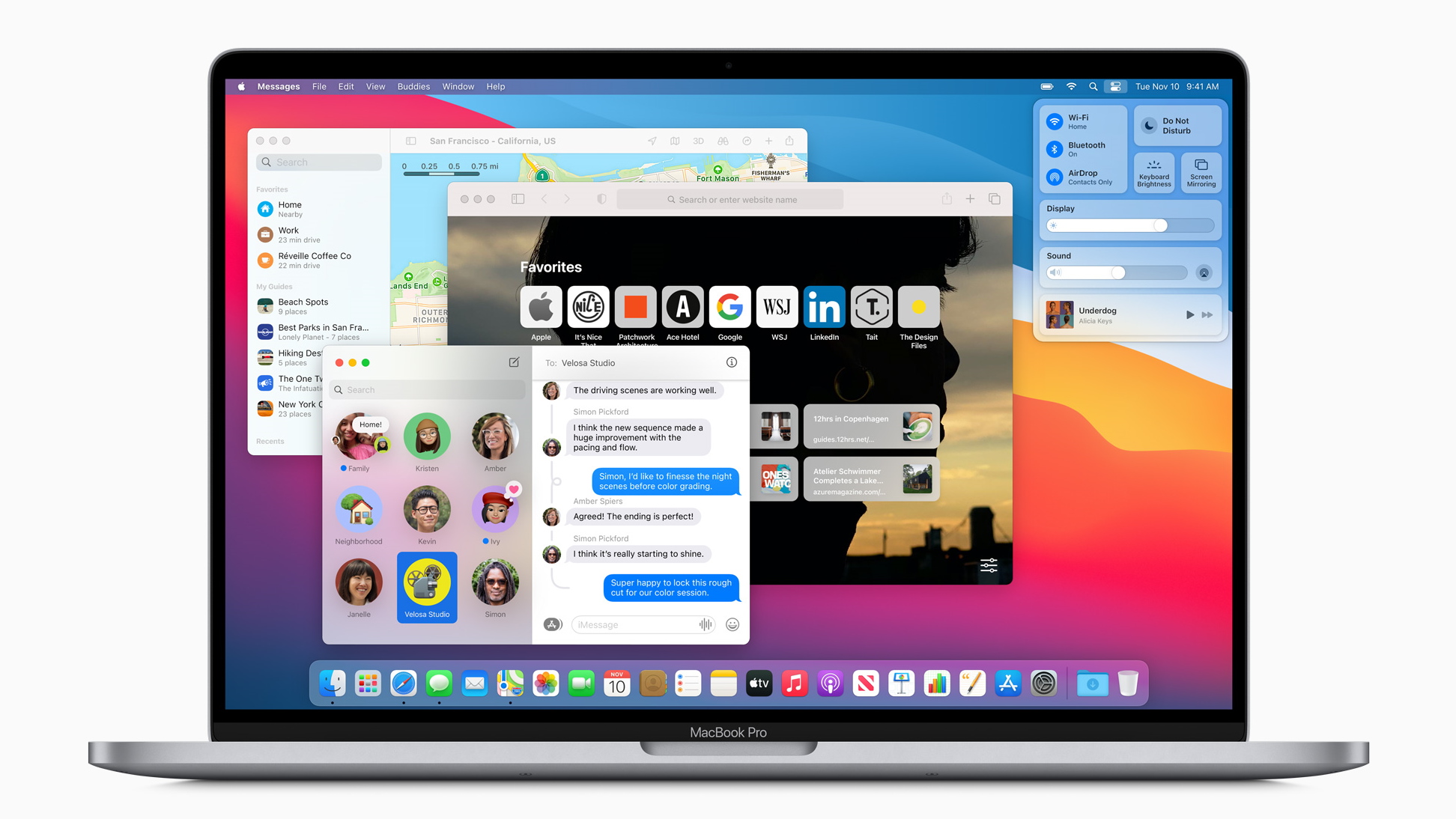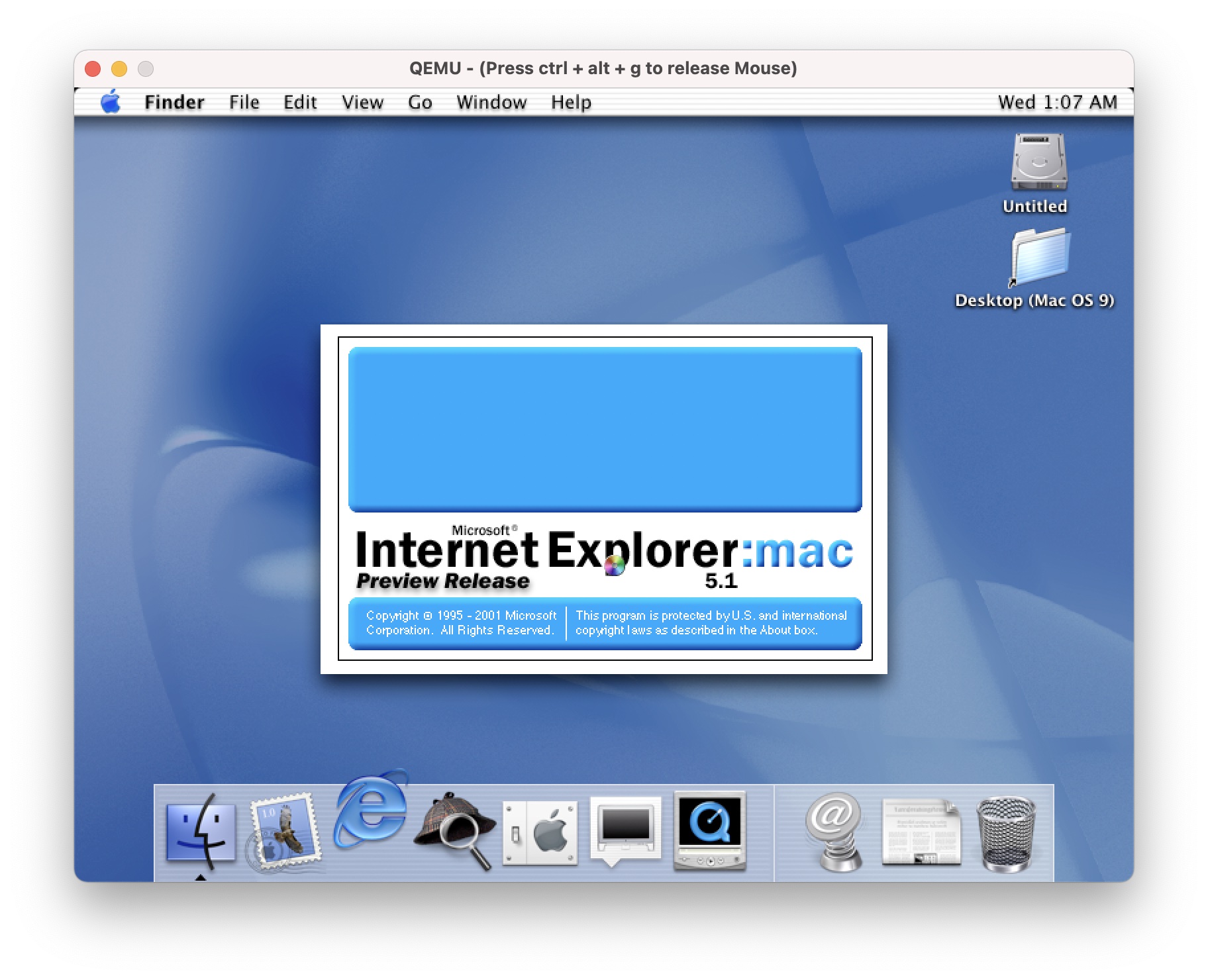

- #Mac os x 10.0 system requirements mac os x
- #Mac os x 10.0 system requirements install
- #Mac os x 10.0 system requirements code
- #Mac os x 10.0 system requirements Pc
- #Mac os x 10.0 system requirements mac
Standalone updates can be useful if you want to install the same update again or on another computer.
#Mac os x 10.0 system requirements mac

#Mac os x 10.0 system requirements mac os x
Mac OS X Sierra, which was released Septemis the first Mac OS X not compatible with any Macs running TIger. The OS X Yosemite 10.10.5 update improves the stability, compatibility, and security of your Mac, and is recommended for all users. Mac OS X server questions more often are best answered by participants of the Server forums, as the limitations of Mac OS X Server can frequently differ.
#Mac os x 10.0 system requirements Pc
Virtual machine shootout: Virtual PC vs.The OS X Yosemite v10.10.5 Update is recommended for all OS X Yosemite users. PowerPC on Apple: An Architectural History, Part I Multicore, dual-core, and the future of Intel The Dock The Finder Odds and Ends Summary Kernel Panics Resource Starvation User Interface Death Summary Window Resizing Quartz Applications Summary The most relevant are the two most recent: the Public Beta article and the relevant section of my recent MacWorld San Francisco coverage. The list of earlier OS X articles appears below in reverse-chronological order. If you haven't already read them (or similar articles elsewhere), you may have some difficulty following along. This article will cover Mac OS X 10.0, but it will build on everything that was discussed in the earlier articles. It may seem strange to have seven articles dedicated to a product before the first official release, but the journey of Mac OS X has certainly been an interesting one. Here at Ars Technica, we've been following Mac OS X since its second developer release. While Mac users from 1994 to 1996 were treated to optimistic articles and future-world mock-ups in enthusiast publications like MacWorld and MacUser magazine, Mac OS X has been analyzed by a much wider audience. Unlike the relatively controlled public image of the Copland project, Mac OS X has endured the increased scrutiny of the Internet age. Dates were missed, features were added and removed, but unlike all earlier efforts, this one produced a shipping product.Īnd yet the success of Mac OS X is still an open question. But the acquisition of NeXT and the second coming of Steve Jobs gave Apple one final window of opportunity.ĭespite the (comparatively) minor market requirements hiccup of the Rhapsody strategy, the Mac OS X project proceeded with what can only be described as single-minded determination, from its official announcement in May of 1998 to its first release in March of 2001. By all rights, Copland should have been Apple's last chance. Mac users had suffered too many broken promises, and Apple had stumbled down too many blind alleys. Perhaps Windows 95 wasn't "insanely great", but the market had declared that it was "good enough." Meanwhile, Microsoft quietly continued its own long-running project to radically revise its core operating system technologies: Windows NT (which eventually gave birth to Windows 2000, and soon, Windows XP).īy the time Apple's penultimate next generation OS project, Copland, was mercifully killed in 1996, the situation was dire. But as the years passed and competing operating systems evolved, both by adopting Mac-like GUIs and by advancing their core OS features, Mac users-as well as Apple itself-became skittish.īy 1995, Windows had confined Apple's OS to a small corner of the market. In the early days (the Pink project was launched in 1987), Mac users paid little attention to these efforts, confident that their current OS was the most advanced in the personal computer market.
#Mac os x 10.0 system requirements code
It's a tragicomic litany of code names: Pink, Taligent, Copland, Rhapsody. Apple has been trying to produce a successor to the classic Mac OS operating system for almost 15 years. To say that Mac OS X has been eagerly awaited by Mac users is an understatement. It was preceded by many developer releases and one public beta release. Don't let the version number confuse you this is the first official release of Apple's new OS. Mac OS X was released on March 24th, 2001, with a suggested retail price of $129 and a version number of 10.0. I've said it before and I'll say it again: the "X" is pronounced "ten", like the roman number, not "ex" like the letter. Mac OS X is Apple's new operating system.


 0 kommentar(er)
0 kommentar(er)
